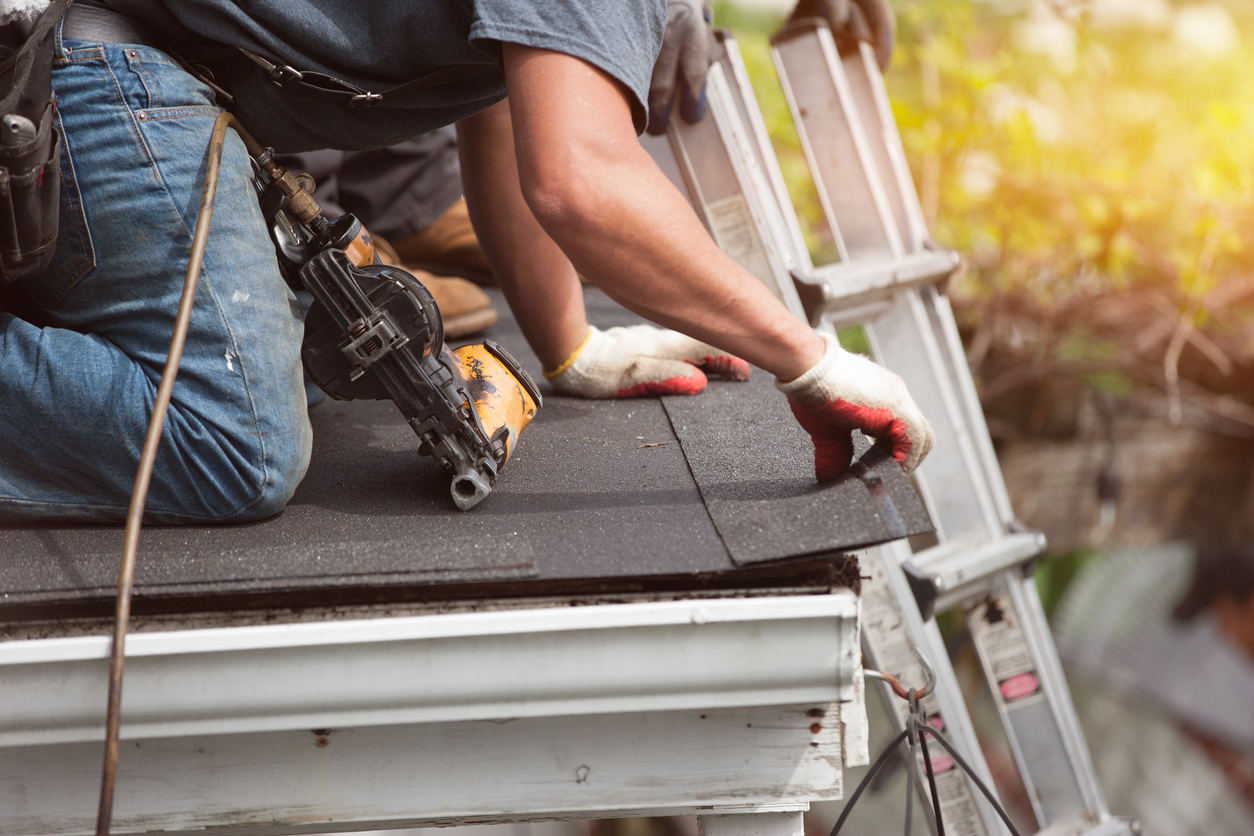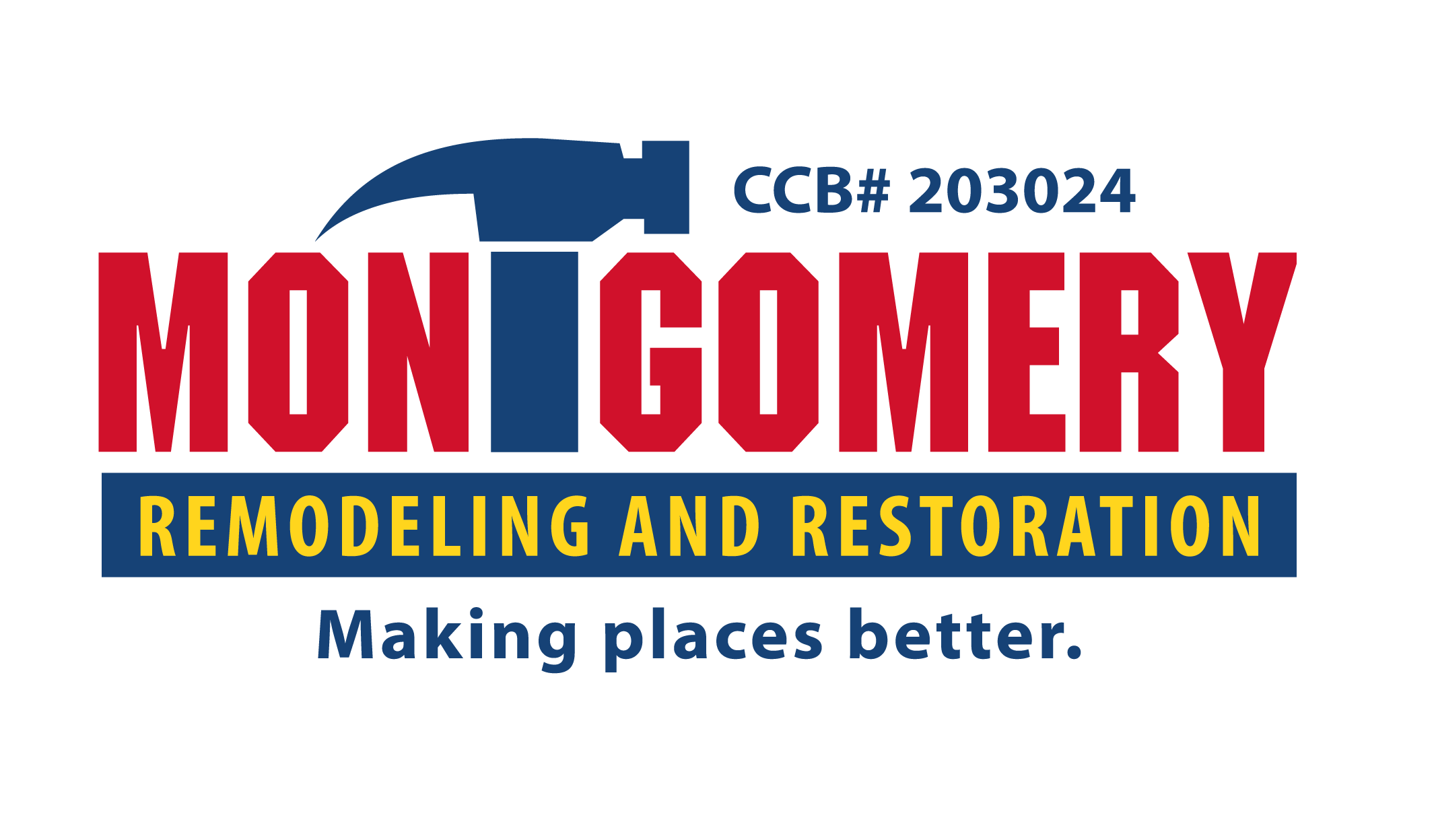
Top 6 Materials Used for Residential Roofing
Most homeowners do not pay much attention to their home’s roof until it needs replacing. Suddenly, there are leaks or missing tiles, forcing homeowners to assess the entire roof’s structure instead of its exterior. A roof can say a lot about a house regarding its color, material, and overall style. Renovating it can be just as fun as other home projects, but it can also be one of the most expensive.
There are many residential roofing materials from which homeowners can choose. Each of them should be evaluated based on their appearance, safety, installation, warranty, and longevity—not to mention the cost! The higher the material’s quality, the more expensive it may be. However, it may also last longer than most. Making a roof with cheap materials can lead to further renovations down the road.
Here are the top six materials used for residential roofing—suitable for new and old homes alike.
Most popular residential roofing materials
1. Asphalt shingles
Most homes in the US make use of asphalt shingles as their roofing material. There are fiberglass shingles, which consist of light and tear-resistant fiberglass mesh mats under asphalt and granules. There are also the heavier but more stable organic asphalt shingles, which are composed of paper saturated in asphalt. Organic asphalt shingles do not see much usage today because manufacturers realized the material would dry out quickly and become less water-resistant.
Asphalt shingles appeal to homeowners because they are easy to install, are affordable, look good with almost any style, and come in various colors. They are generally priced between $1.50 to $3.50 per square foot and can be reinforced with cellulose or fiberglass.
Unfortunately, asphalt shingles last only 20 to 25 years, which is shorter than other materials. They sometimes have a warranty that lasts up to 30 years, and if one shingle is damaged, it isn’t too difficult to replace it.
2. Metal
Metal roofing is extremely durable. Many old houses still standing today are roofed in metal, and the material is once again becoming more popular. Metal roofing can come in either panels or shingles, and composed of zinc, stainless steel, copper, or aluminum. Described as eco-friendly, these metal materials last longer than wood or asphalt and are recyclable. They suit many different house styles, from cabins to more contemporary homes, and can be available in a ton of colors.
Most metal roofing materials can reflect solar radiant heat, allowing the house to stay cool. Many of them also have a Class A fire rating, which means they can reduce how fast a fire spreads.
The problem is metal is more expensive than other roofing materials, with each square priced at around $100 to up to $800. However, they can last up to a hundred years and have warranties of at least 30, so the price is justifiable.
3. Clay and concrete
Clay and concrete tiles can be just as durable as metal, but are heavy and require roofing experts’ installation experience. Compared to other roofing materials, tiles add texture and style to roofs. Homeowners often choose concrete tiles over clay because they are less expensive. Both can last over 50 years and are incapable of burning in a fire. Like metal, light-colored tiles can reflect solar radiant heat, keeping the home cool. Style-wise, any house can benefit from tile roofs because they come in various styles and colors. They are also environmentally friendly, considering they are recyclable.
The downside is these kinds of tiles are expensive, equating to up to $500 per square. A few types need additional framing support, adding to the overall cost. Though clay and concrete tiles can last over half a century, they break easily when stepped on. Homeowners with tiles should be cautious when repairing anything on their roof.
4. Wood
Wooden roofs come in shingles or shakes, with the former being machine-cut and uniform, and the latter being hand-cut and thicker. Homeowners have long chosen wooden shingles and shakes for their appearance. Over time, the wood may end up looking gray, which could suit the homeowner’s tastes. Many worry that a wooden roof may mean their house could be prone to fires, but there are coated wooden roof materials with a Class A fire rating.
Wooden roofs are environmentally friendly as they are typically made using cedar or redwood from fallen trees, and are recyclable. Both types of wood are naturally moisture- and insect-resistant. They last up to 30 years and cost around $100 per square, but can cost more over time due to repairs.
Some fire codes, however, have banned the use of wood shingles or shakes. The material, mostly when left untreated, can also mold or rot in wet climates.
5. Slate
Slate tiles, both genuine and synthetic, are praised for their durability and appearance. They denote feelings of luxury and can last over a hundred years. They enhance resale value, all while requiring little to no maintenance. The material is environmentally friendly as well, considering it lasts long and is recyclable.
Manufacturers create the tiles in lengths of up to 24 inches and widths of up to around 16 inches. Because they come in different sizes, slate tiles can suit almost any type of architecture.
Though durable, genuine slate tiles are also the heaviest roofing material, meaning that slate requires additional support, adding to installation fees. However, synthetic slate tiles are lighter and cost less. A professional shall install slate tiles to ensure that the roof does not experience issues with moisture. Like clay and concrete, slate tiles may also break easily when walked on.
6. Membrane
Homes with flat roofs can benefit from membrane materials such as neoprene, polymer-modified bitumens, PVC, or EPDM, among others. EPDM, which stands for ethylene propylene diene monomer and is often called “rubber roofing,” is installed in large sheets. Flat roofs aren’t able to drain the liquid through gravity, so EPDM helps reduce the number of cracks or seams where water may leak.
Membrane roofs last up to 35 years and cost around $3 to $4 for each square foot.



Sorry, the comment form is closed at this time.